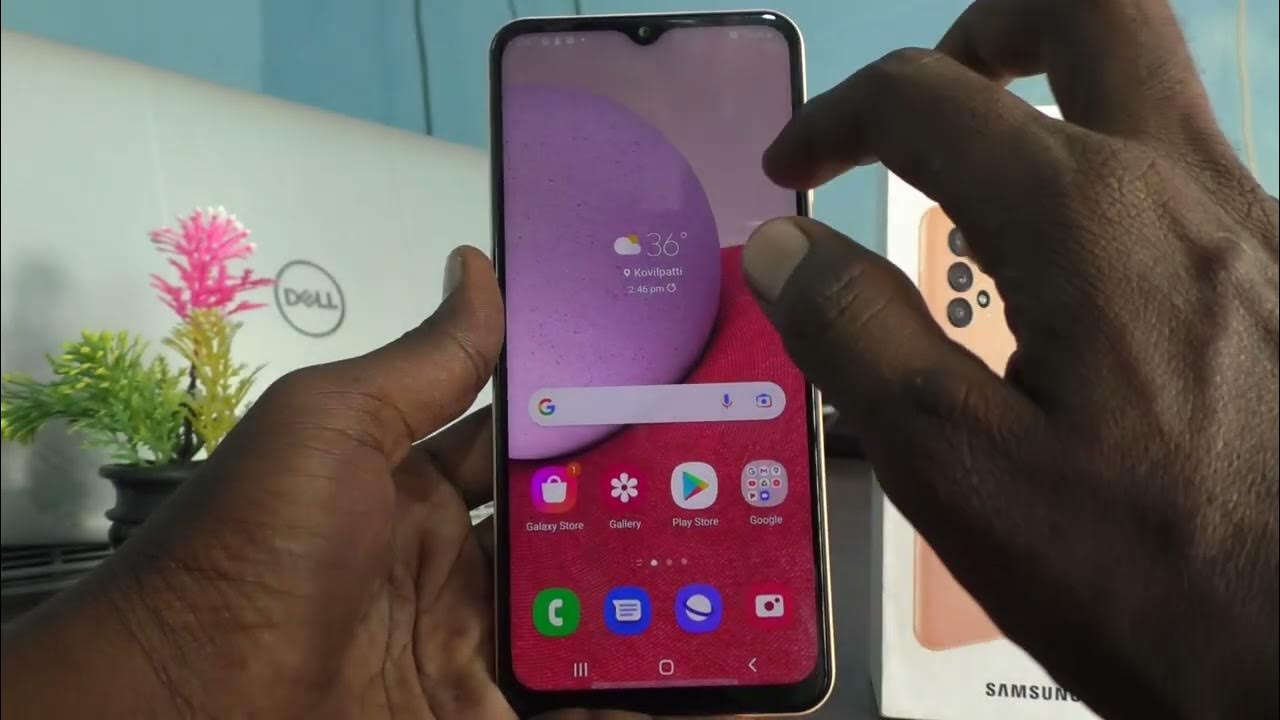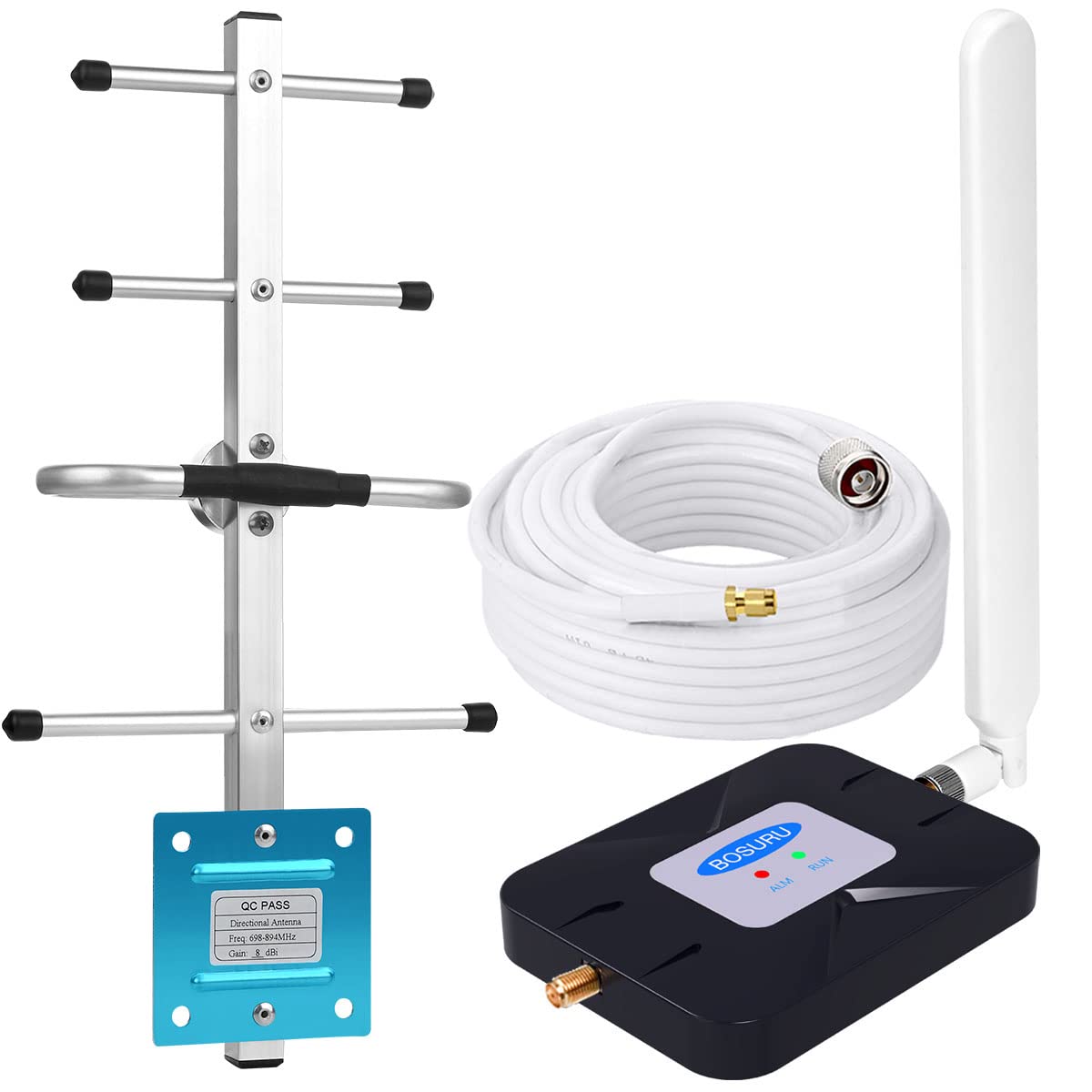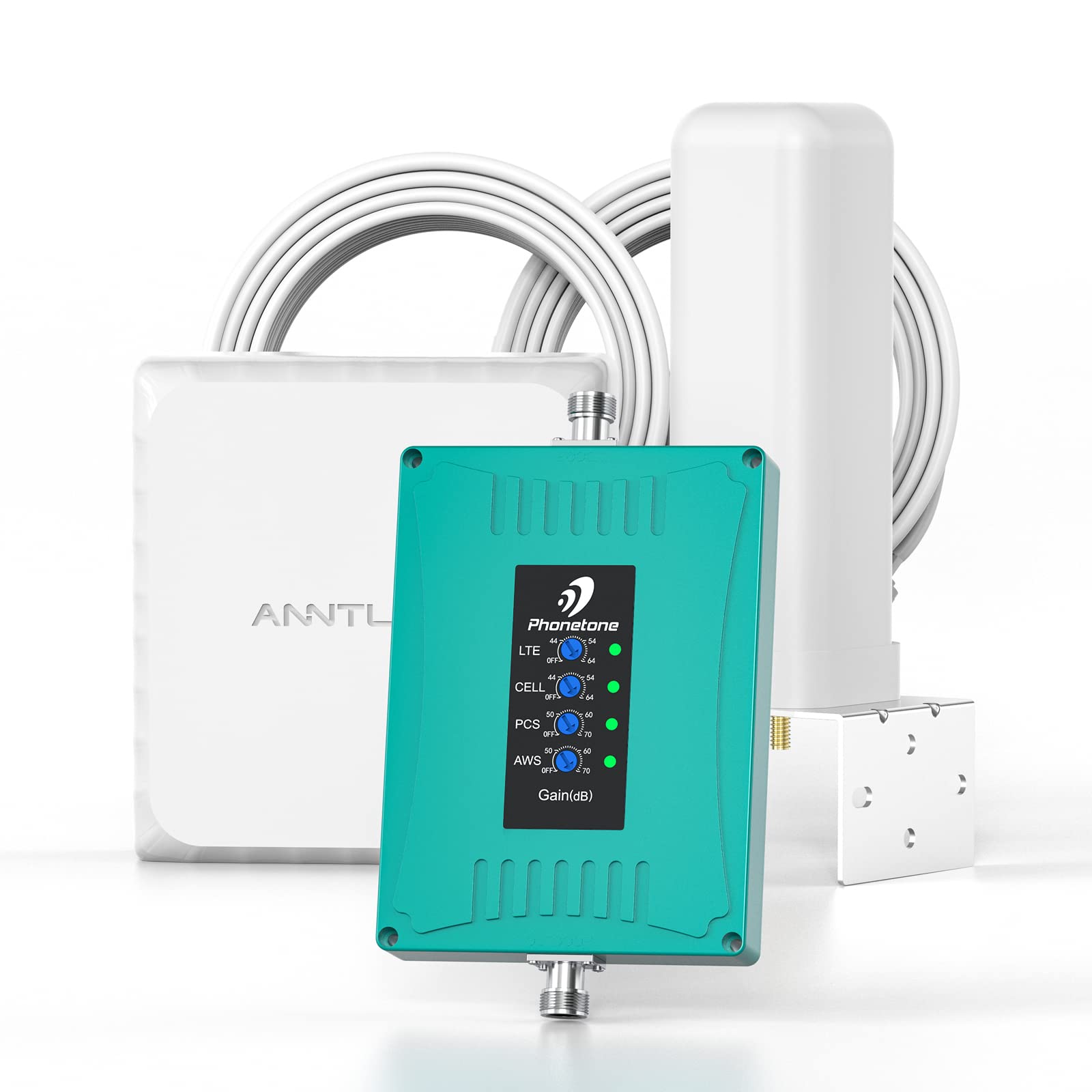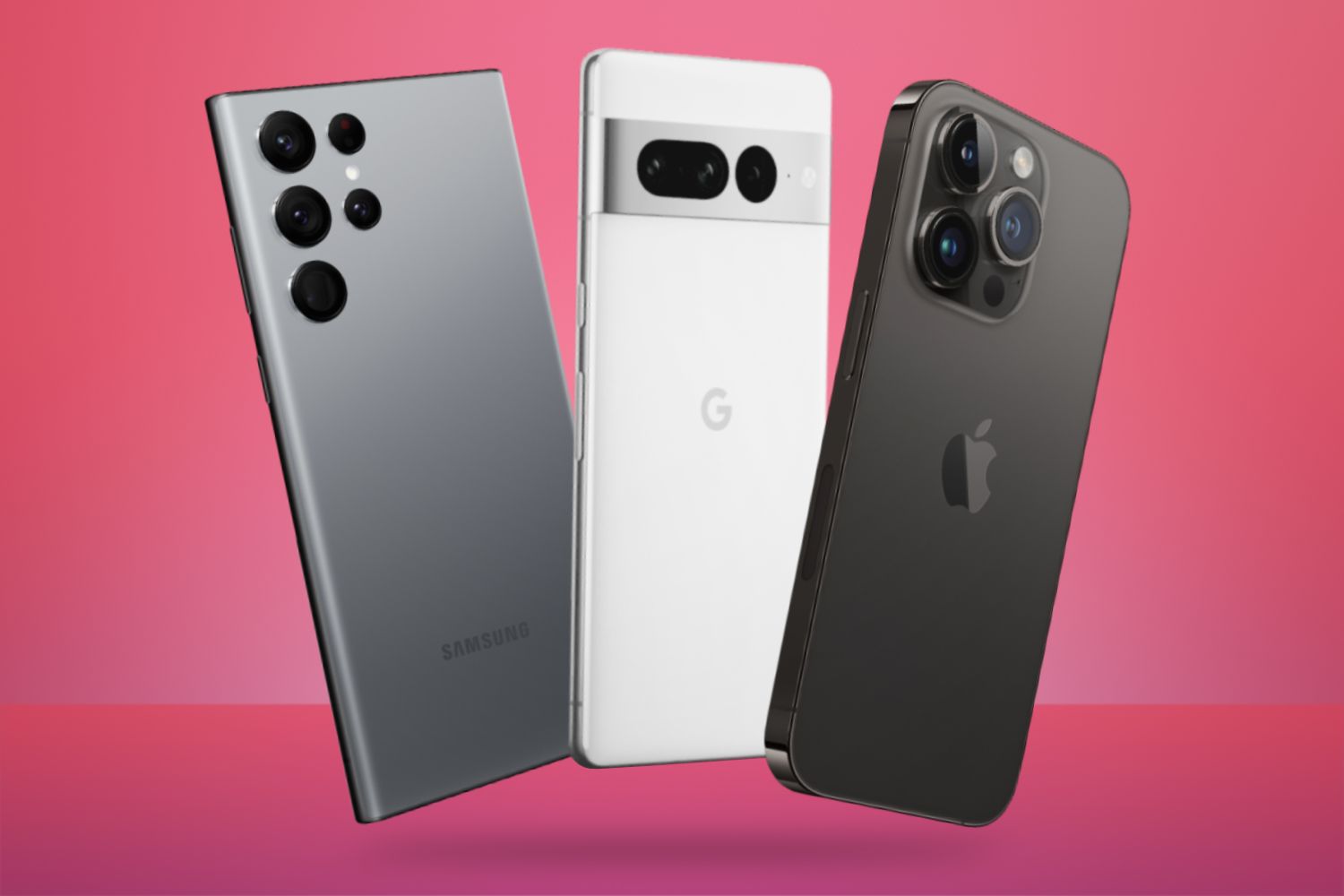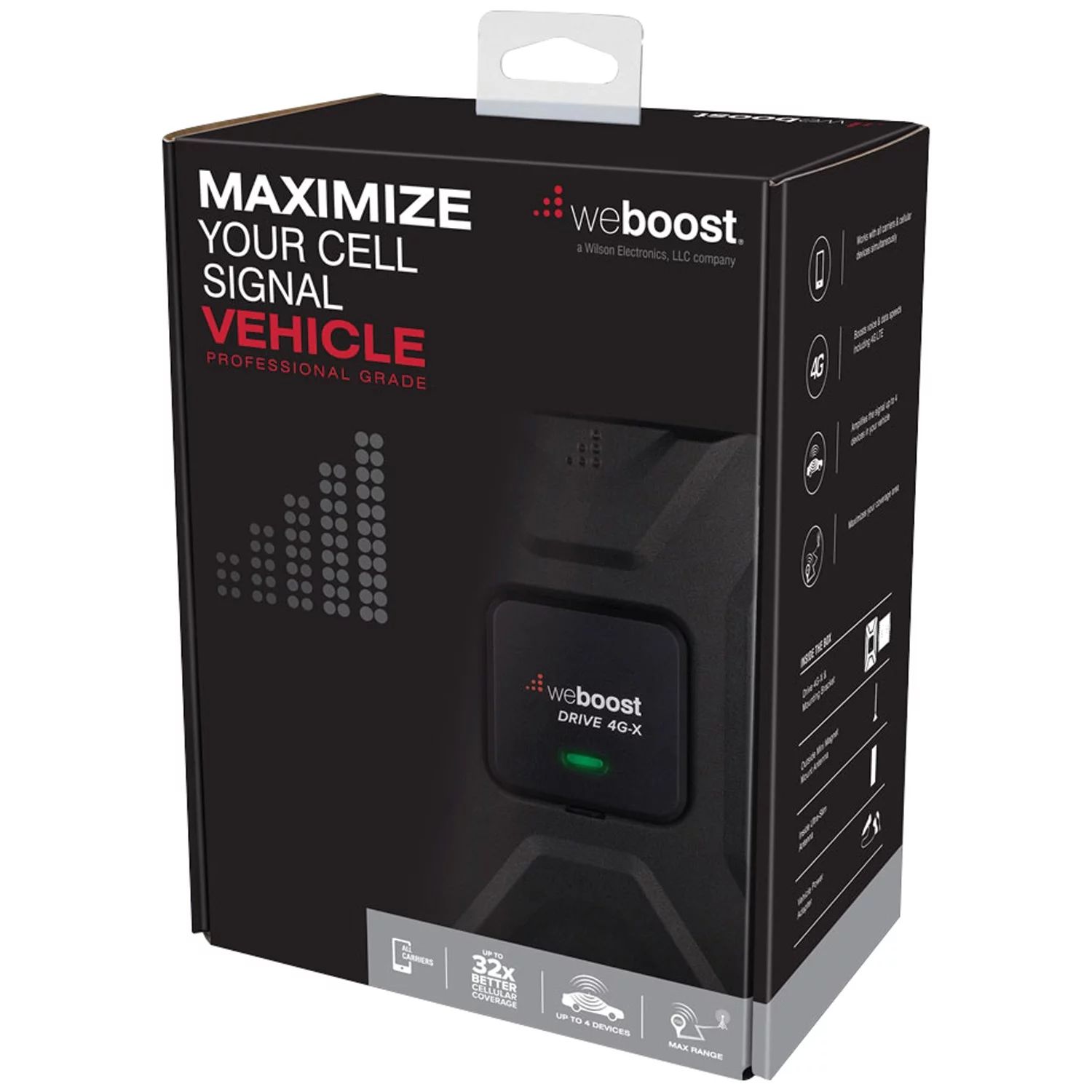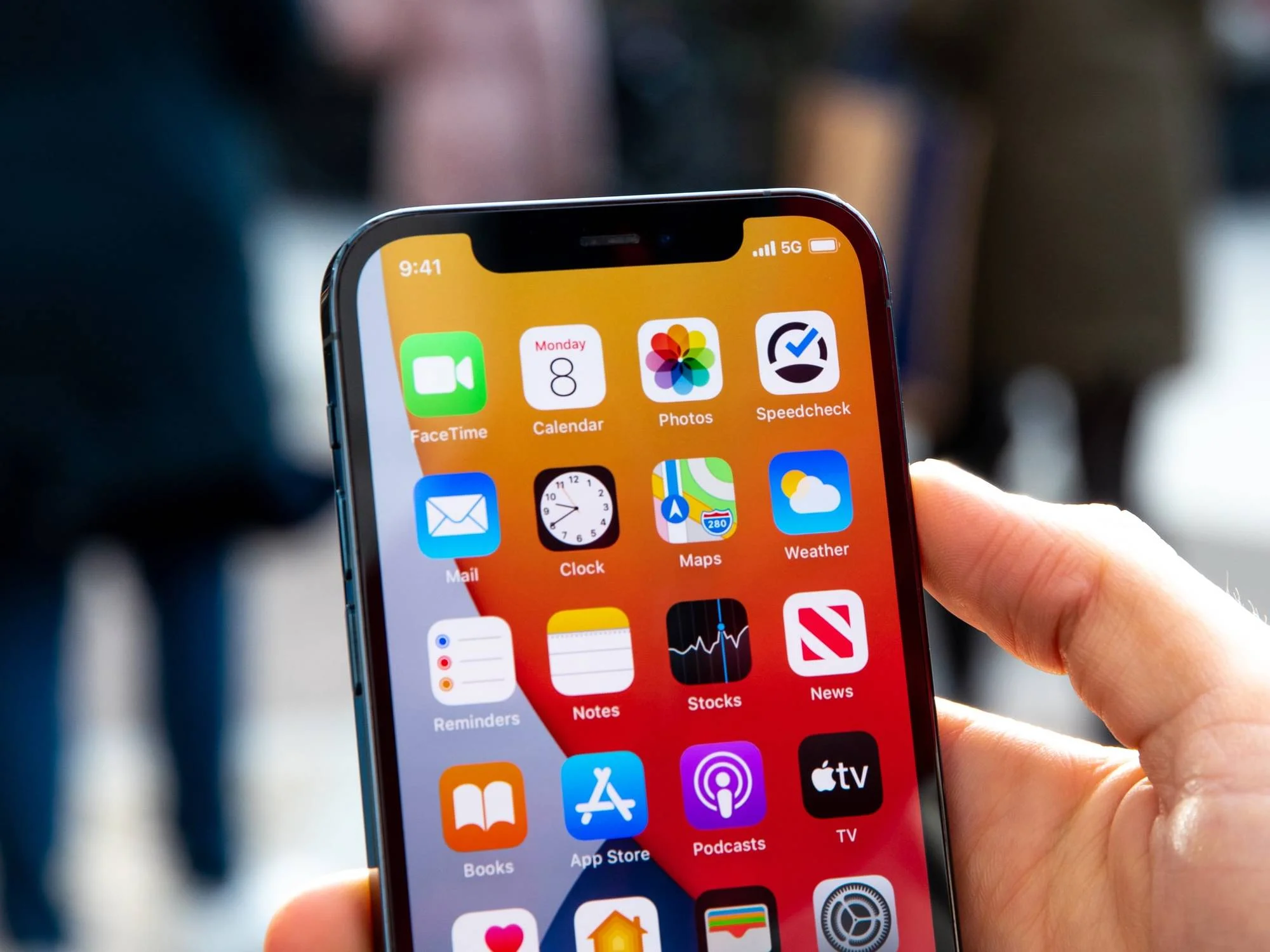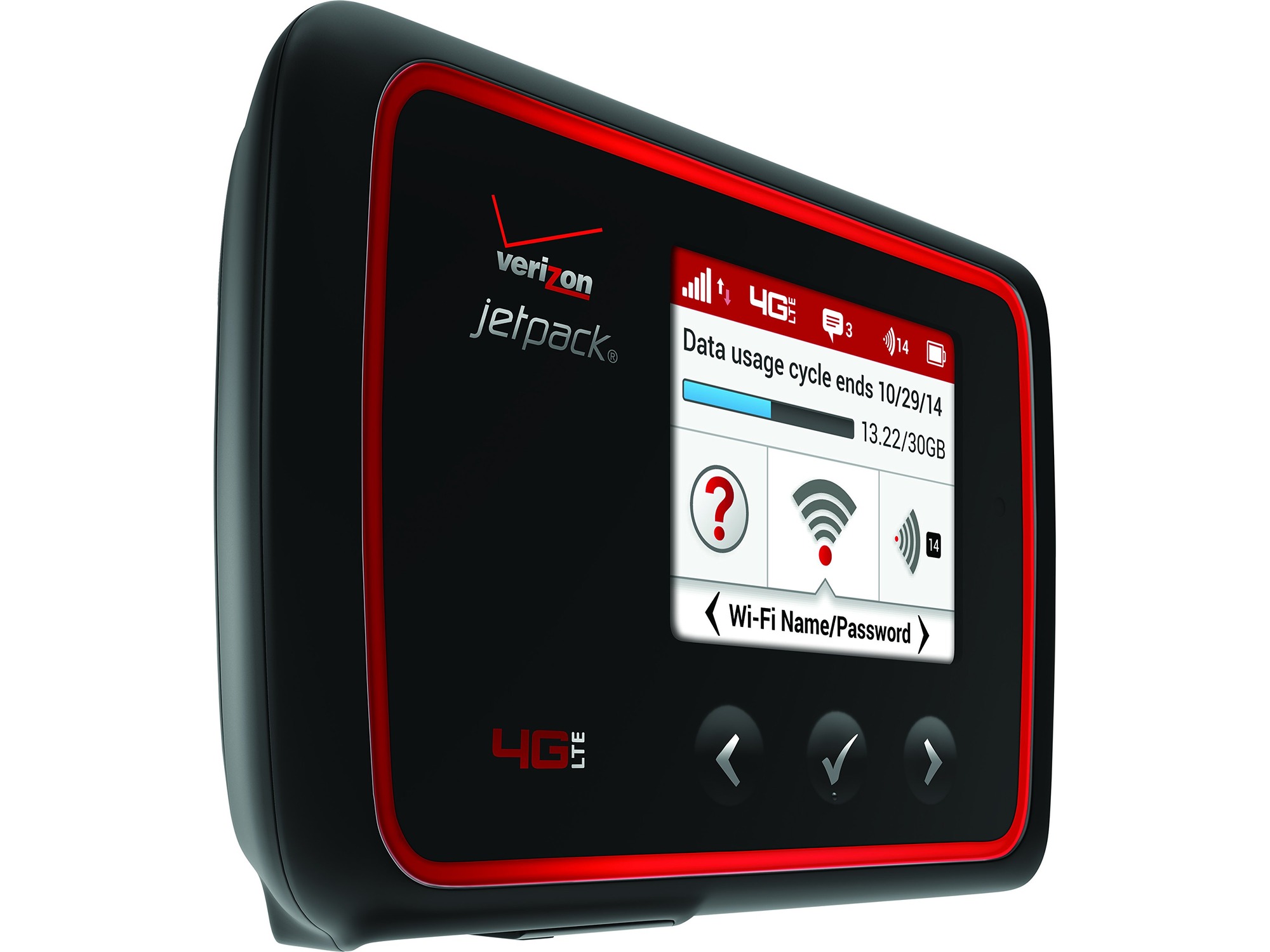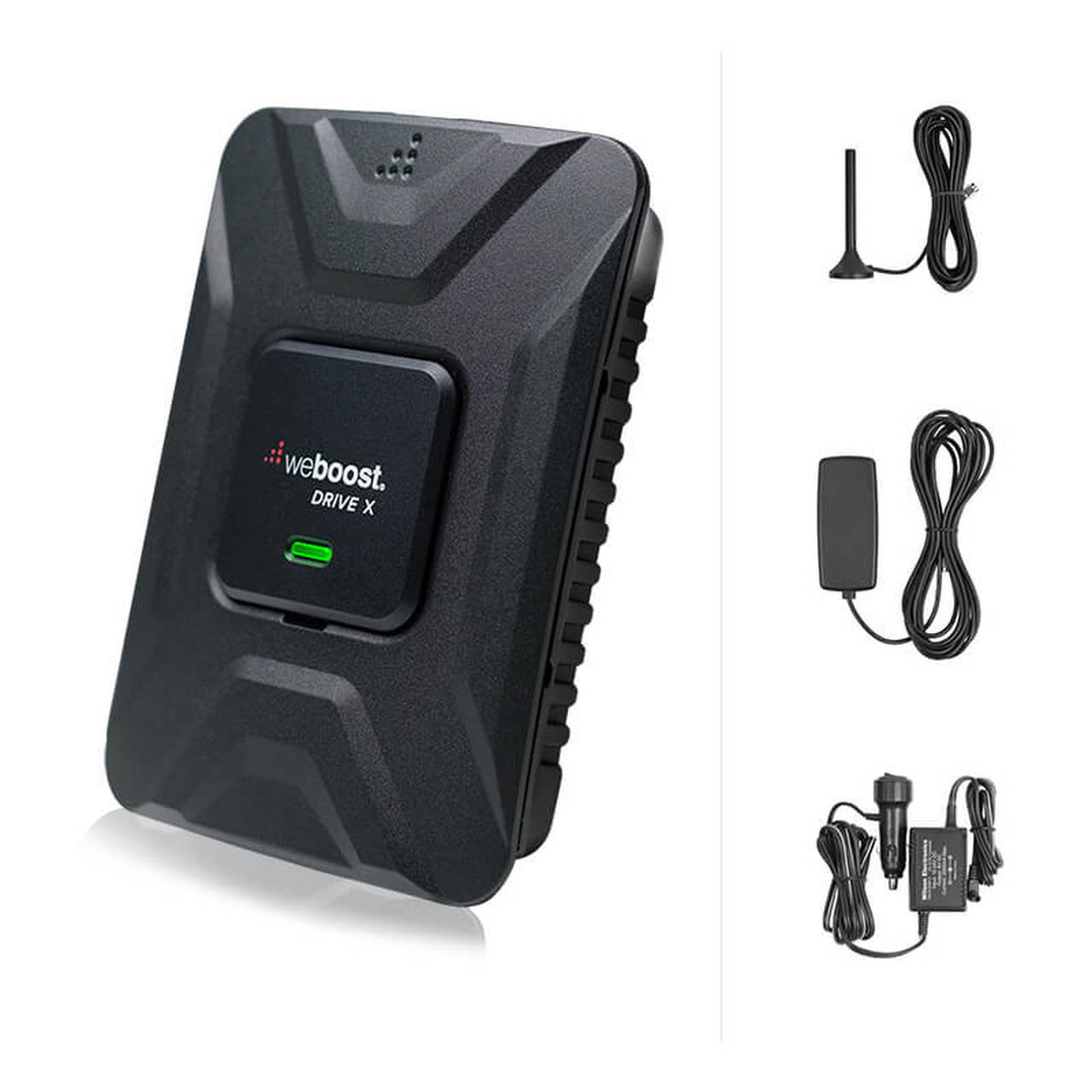What is 4G and 5G?
Before determining whether your phone is 4G or 5G compatible, it’s important to understand what these terms mean. 4G stands for fourth-generation technology, while 5G stands for fifth-generation technology. These are the latest advancements in wireless technology, offering faster download and upload speeds, lower latency, and increased connectivity compared to their predecessors.
With 4G, you can enjoy faster internet browsing, smooth video streaming, and seamless online gaming experiences. It provides data speeds of up to several hundred megabits per second (Mbps), which is significantly faster than the previous 3G network.
On the other hand, 5G is the next level of wireless technology that promises even higher speeds, lower latency, and greater capacity. It is expected to revolutionize industries such as healthcare, transportation, and manufacturing with its ability to support advanced applications like virtual reality, autonomous vehicles, and the Internet of Things (IoT).
5G is designed to deliver data speeds of up to several gigabits per second (Gbps), which is several times faster than 4G. This means you’ll be able to download large files in seconds, stream high-definition videos without buffering, and experience real-time responsiveness for immersive applications.
To accommodate the advancements in technology, 5G networks require new infrastructure and hardware. This includes the deployment of additional cellular towers and the use of new frequencies that offer higher bandwidth and capacity.
Now that you have a basic understanding of 4G and 5G, let’s explore how you can determine if your phone is compatible with these networks.
Physical Indicators
One way to determine if your phone is 4G or 5G compatible is by checking for physical indicators. Keep in mind that the appearance of these indicators may vary depending on the phone manufacturer and model.
If your phone has a 4G capability, you may notice an icon or symbol on the screen indicating the network type. This can be a small “4G” or “LTE” (Long Term Evolution) icon located in the top status bar or near the signal bars.
For 5G compatibility, some newer smartphones may display a “5G” icon on the screen when connected to a 5G network. This is a clear indication that your phone has the necessary hardware to connect to the next-generation network.
In addition to the on-screen indicators, you can also check your phone’s body for any labeling or branding related to its network compatibility. Some manufacturers may include labels or logos such as “4G” or “5G” near the phone’s camera housing, back cover, or on the device itself.
Furthermore, newer smartphone models that are specifically designed for 5G may have additional antenna lines or modules on the back panel. These modules are used to enhance signal reception and transmission for better connectivity on the 5G network.
While physical indicators provide a quick visual confirmation, it’s important to note that they alone may not be sufficient to determine the network compatibility of your phone. Therefore, it is recommended to explore additional methods to ensure accurate information.
Check Your Phone’s Settings
If you want to confirm if your phone is 4G or 5G compatible, you can check its settings for more detailed information. Follow these steps to access the network settings:
- Open the Settings app on your smartphone.
- Scroll down and look for an option called “Network & Internet” or “Connections”. Tap on it.
- Within the network settings, you should find an option labeled “Mobile Network” or “Cellular Network”. Tap on it.
- Look for a setting related to network type, such as “Preferred Network Type” or “Network Mode”. Tap on it to view the available options.
If your phone supports 4G, you will see options like “LTE”, “4G”, or “LTE/4G/3G” in the network type settings. This indicates that your phone is capable of connecting to 4G networks.
For 5G compatibility, some newer smartphones may offer options like “5G Auto”, “5G/LTE/3G”, or “5G Preferred” in the network settings. These options indicate that your phone supports 5G networks.
If you can’t find any specific options related to network type, you can check for more details within the “About Phone” or “About Device” section of your settings. Look for information such as “Network Technology” or “Baseband Version”, which may provide insights into the network compatibility of your phone.
Keep in mind that the location and wording of settings may vary depending on your phone’s brand and operating system. If you’re having trouble finding the network type settings, refer to your phone’s user manual or visit the manufacturer’s support website for guidance.
Checking your phone’s settings is a reliable way to confirm its network compatibility, as it provides more detailed information about the supported network types.
Consult Your Manufacturer’s Website
If you’re still unsure about whether your phone supports 4G or 5G networks, another reliable method is to consult your manufacturer’s website. Most smartphone manufacturers provide detailed specifications for each of their models on their official websites.
Here’s how you can use the manufacturer’s website to confirm the network compatibility:
- Open a web browser on your computer or smartphone.
- Visit the official website of your phone’s manufacturer. Look for a support or product page.
- Locate the section that provides specifications or details about your specific phone model.
- Look for information related to network compatibility or supported network types.
The manufacturer’s website will usually list the network technologies supported by each phone model, including 4G or 5G connectivity. It may also provide additional details about the specific frequencies and bands supported by the device.
If you cannot find the necessary information on the website, try using the search function and enter your phone model number or name along with keywords like “network compatibility” or “supported networks”. This should help you find the relevant information.
By consulting your manufacturer’s website, you can get accurate and up-to-date information about the network compatibility of your phone. This method is particularly useful when you have a less common or older phone model for which it may be challenging to find information from other sources.
Speak with Your Service Provider
If you’re still unsure about the compatibility of your phone with 4G or 5G networks, it’s a good idea to reach out to your service provider for clarification. They can provide you with accurate and specific information regarding the network capabilities of your phone.
Here’s how you can speak with your service provider to determine the compatibility:
- Locate the customer service contact information for your service provider. This can usually be found on their official website or on your billing statement.
- Contact their customer service department either through phone, email, or online chat.
- Explain that you want to know if your phone is compatible with 4G or 5G networks and provide them with your phone’s make, model, and any other relevant details they may require.
- The customer service representative will be able to access your account information and provide you with accurate information about the network compatibility of your phone.
Service providers have access to detailed information about the networks they operate and the devices they support. They can verify if your phone is capable of connecting to 4G or 5G networks based on their network coverage and available technologies.
Additionally, service providers can inform you about any specific requirements or steps you might need to take to use 4G or 5G on your device. They can also advise you on available plans and upgrades if you’re interested in utilizing the latest network technology.
Speaking with your service provider directly is a reliable way to ensure accurate information about the compatibility of your phone with 4G or 5G networks. They are well-equipped to answer your questions and guide you in understanding the capabilities of your device.
Perform a Speed Test
One practical way to determine if your phone is 4G or 5G compatible is to perform a speed test. Speed tests measure the download and upload speeds of your internet connection, allowing you to gauge the capabilities of your device.
Here’s how you can perform a speed test:
- Open a web browser on your phone and search for “internet speed test”. There are various reputable speed test websites available, such as Ookla’s Speedtest.net.
- Once you’ve selected a speed test website, follow the instructions to start the test. This usually involves tapping a “Start” or “Go” button.
- The speed test will begin, and your phone will measure the download and upload speeds of your internet connection.
- After the test is complete, your phone will display the results, including the download and upload speeds in Mbps (megabits per second).
If your phone consistently shows high download and upload speeds (above 10 Mbps, for example), it indicates that your device is likely compatible with 4G technology. However, if you’re experiencing significantly higher speeds (above 100 Mbps or more), it suggests that your phone may be compatible with 5G networks.
Keep in mind that the speed test results may vary depending on various factors, such as network congestion, signal strength, and the speed test server location. Therefore, it’s a good idea to perform multiple speed tests at different times and locations to get a more accurate understanding of your phone’s network compatibility.
Performing a speed test can give you a practical indication of the network capabilities of your phone. However, it’s important to note that even if your phone shows high speeds, it doesn’t guarantee compatibility with 5G networks, as other factors such as network coverage and hardware support also play a role.
Check for Network Availability
In addition to checking the specifications of your phone, it’s important to consider the network availability in your area. While your phone may be 4G or 5G compatible, the network infrastructure may not be available in your region or provided by your service provider. Here’s how you can check for network availability:
- Contact your service provider: Reach out to your wireless carrier and inquire about the availability of 4G or 5G networks in your area. They can provide information on the network coverage map or recommend specific plans that support these technologies.
- Check online network coverage maps: Many service providers offer online network coverage maps where you can enter your location or address to see the availability of 4G or 5G networks in that area. These maps can give you a general idea of the network availability in your region.
- Use mobile network apps: Some service providers have dedicated mobile applications that provide real-time information about network availability, signal strength, and data speeds. These apps can give you a more accurate assessment of the network situation in your area.
- Ask others in your area: Reach out to friends, family, or colleagues who live or work in your vicinity and ask about their experience with 4G or 5G networks. This firsthand information can be valuable in understanding the availability and quality of the network in your specific area.
It’s important to remember that network availability can vary from one location to another, even within the same city. Factors like terrain, buildings, and network infrastructure can affect the reach and reliability of the network signals.
Checking for network availability is crucial to ensure that your phone’s compatibility aligns with the network infrastructure in your area. It helps you determine whether you will be able to take full advantage of the 4G or 5G technology on your device.
Compatibility with 5G Networks
If you’re specifically interested in determining your phone’s compatibility with 5G networks, there are a few additional factors to consider beyond the basic 4G compatibility. Here’s what you need to know:
1. Hardware and chipset support: 5G networks require specific hardware and chipset capabilities in your phone. Not all smartphones are equipped with the necessary components to connect to a 5G network. Check the specifications of your phone or consult the manufacturer’s website to ensure it has 5G compatibility.
2. Frequency bands: 5G networks operate on various frequency bands, and different regions may use different bands for their 5G deployments. Ensure that your phone supports the specific frequency bands used by your service provider in your area.
3. Sub-6GHz vs. mmWave: 5G networks are divided into two main categories: sub-6GHz and mmWave (millimeter wave). Sub-6GHz provides wider coverage but slightly lower speeds, while mmWave offers blazing-fast speeds but has more limited coverage. Check if your phone supports one or both of these 5G types.
4. Network mode: Some phones may offer different network modes for 5G connectivity, such as standalone (SA) or non-standalone (NSA) mode. These modes affect how your phone connects to the 5G network and may have implications for speed and performance. Verify if your phone supports the desired network mode.
It’s important to note that the availability of 5G networks is still evolving and expanding. While some regions may have extensive 5G coverage, others may be in the early stages of deployment. If your phone is not yet 5G compatible, you may have the option to upgrade to a newer device that supports 5G technology.
Lastly, keep in mind that even if your phone is 5G compatible, your service provider may require you to subscribe to a specific 5G plan or have certain network settings enabled to access 5G speeds. Contact your service provider for detailed information regarding their 5G offerings and requirements.
Considering these factors will help you determine if your phone is compatible with 5G networks and ensure that you are ready to take advantage of the fastest mobile data speeds available.
Is Upgrading Necessary?
After evaluating the compatibility of your phone with 4G or 5G networks, you might wonder if upgrading to a newer device is necessary. Here are some factors to consider:
1. Your current network needs: Assess your current mobile data usage and requirements. If you primarily use your phone for basic tasks like browsing the internet, social media, and occasional streaming, a 4G-compatible phone may be sufficient for your needs. On the other hand, if you heavily rely on high-bandwidth applications or plan to utilize emerging technologies like virtual reality or Internet of Things (IoT), upgrading to a 5G-compatible phone may enhance your overall experience.
2. Network availability: Consider the availability and coverage of 4G and 5G networks in your area. If 5G networks are still in the early stages of deployment or have limited coverage, it might not be immediately necessary to upgrade to a 5G-compatible phone. However, if your area has extensive 5G coverage and you frequently travel to regions with 5G networks, upgrading can provide you with faster speeds and improved performance.
3. Future-proofing: Assess your long-term plans and aspirations for your phone. If you typically keep your phone for a few years before upgrading, investing in a 5G-compatible device can provide you with future-proofing. As 5G networks continue to expand and evolve, having a compatible phone ensures that you can take advantage of new features and technologies as they become available.
4. Budget considerations: Upgrading to a 5G-compatible phone can come with a higher price tag compared to a 4G device. Consider your budget and weigh the additional cost against the benefits you will gain from 5G connectivity. If the cost is a significant factor, you may decide that the incremental improvements in speed and network capabilities may not warrant the expense at this time.
Ultimately, the decision to upgrade depends on your individual needs, priorities, and budget. Assessing your current phone’s compatibility, network availability, future plans, and budget considerations will help you make an informed decision about whether upgrading to a 4G or 5G-compatible phone is necessary or beneficial for you.
Conclusion
Understanding the compatibility of your phone with 4G or 5G networks is essential in staying connected and making the most of the latest wireless technology. By following the methods outlined in this article, you can determine whether your phone is 4G or 5G compatible.
Start by checking for physical indicators on your phone, such as icons or labels that signify its network compatibility. Accessing your phone’s settings and reviewing the mobile network options can also provide valuable information. Consulting your manufacturer’s website and contacting your service provider offer additional ways to confirm compatibility.
Performing a speed test can give you real-world insights into your phone’s network capabilities. Additionally, checking the network availability in your area ensures that you can take advantage of the network technology that your phone supports.
For those interested in 5G, it’s important to consider factors like hardware compatibility, frequency bands, and network mode. Evaluating whether upgrading to a 5G-compatible device is necessary depends on your current network needs, network availability, future plans, and budget considerations.
In conclusion, knowing whether your phone is 4G or 5G compatible is crucial for optimal connectivity and to leverage the benefits of advanced wireless technology. By utilizing the methods and considerations mentioned in this article, you can confidently determine the compatibility of your phone and make informed decisions about upgrading or utilizing the available network technologies.







